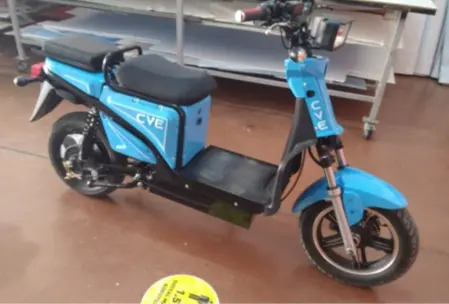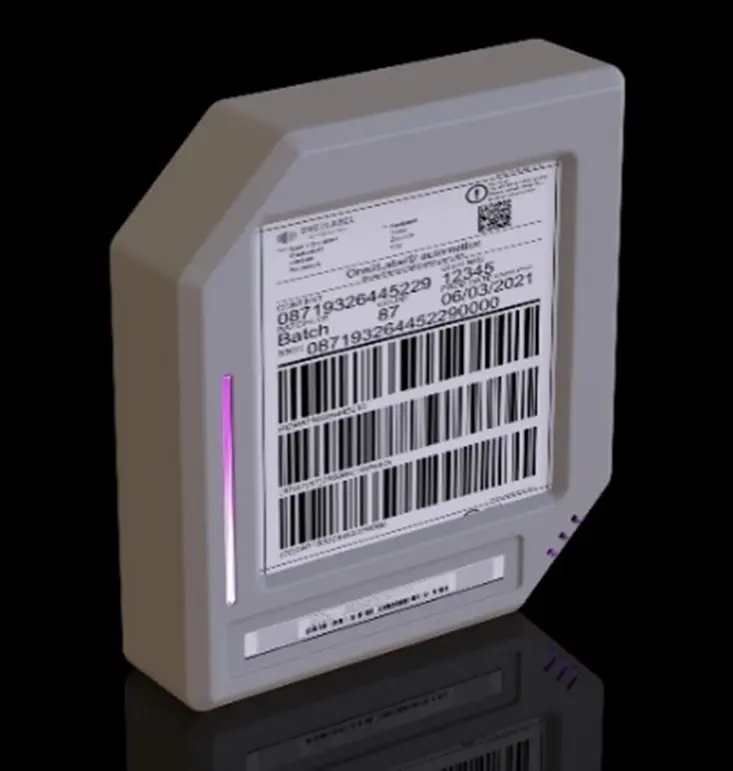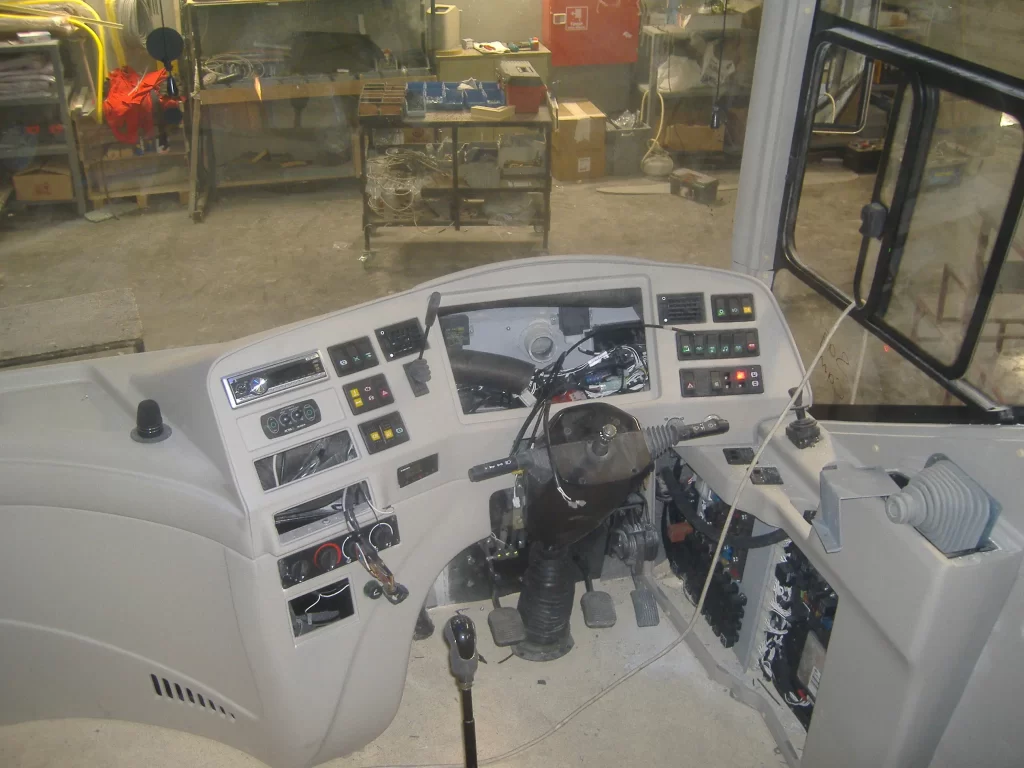Passenger aircraft seats have a structure that challenges design criteria with their lightness, durability and ergonomic features. They must have the lightest but most durable structure. It will be light and durable, but it must also have a certain level of comfort ergonomically. Their durability features require up to ten times greater durability and lifespan compared to the requirements of automotive (land vehicle) seats. These strengths and tests are determined by international aviation standards. The durability of the products is tested and certified by companies authorized to approve them. The production processes of the products must also comply with the standards (AS9100).
Benchmarking
While creating an aircraft seat design road map, benchmarking is one of the first steps to be carried out. Benchmarking work provided us with the keys to design, clues to production, and properties of materials. The benchmarking study also showed what geometric approaches should be used to ensure that the product meets the durability and lightness criteria.
Mechanical Design
Benchmarking studies also provide information about how companies’ patents were created. The mechanical design of the product, which will provide lightness and durability conditions unlike competing products, was carried out by a team effort. Mechanical design studies, which were carried out in coordination with patent and certification persons and institutions that provide side support to teamwork, were verified with mock-up and prototype productions and the tests were successfully passed. Aircraft seats, whose design work started in the second half of 2011 and mass production started in January 2014, had an industry size of 3 billion dollars that year.
We are honored to have our company actively involved in the design of the first domestically designed and produced aircraft seat study.










